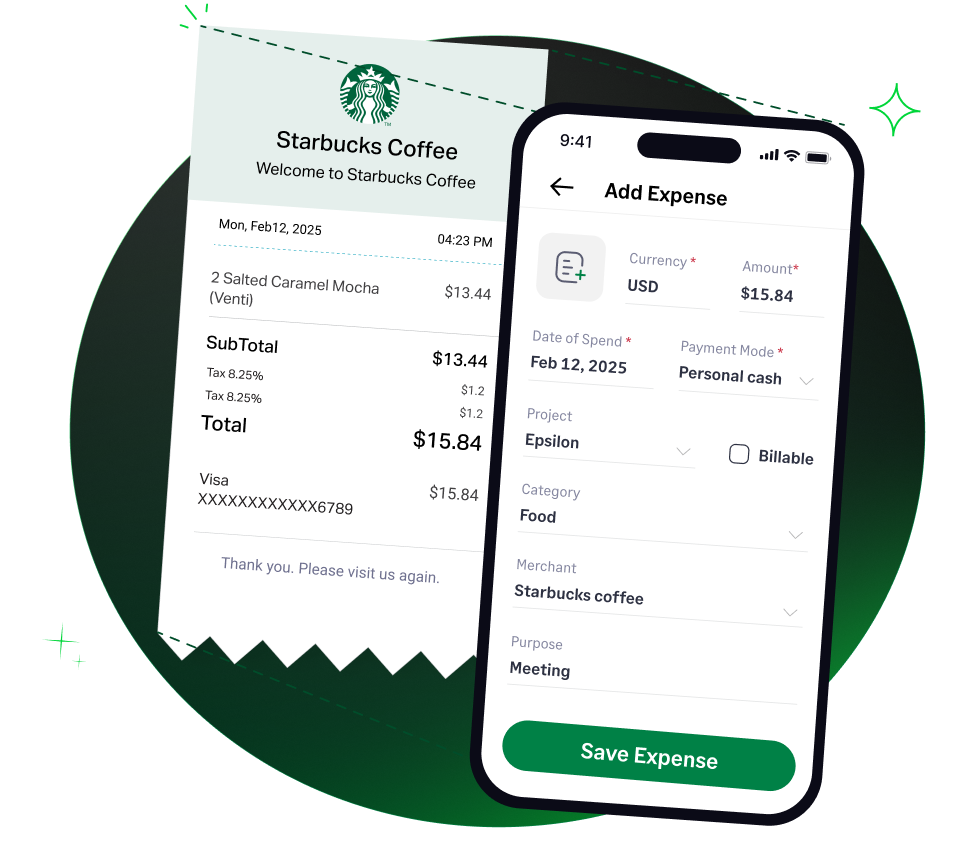 4.6/51670+ reviews
4.6/51670+ reviewsFor many sole proprietors and partnerships, operating under a creative business name—rather than the owner's personal name—is a key part of building a brand. This requires registering a Doing Business As (DBA) or fictitious business name with a state or local government. The fee paid for this registration is a common and necessary cost of doing business.
For accountants and business owners, it's important to know that this registration fee is a deductible business expense. This guide will clarify how to categorize DBA fees in accordance with IRS rules, outline the key distinctions to make, and provide guidance on tracking this cost for accurate tax compliance.
The fees you pay to register your DBA or fictitious business name are an ordinary and necessary business expense. These costs are best categorized under Taxes and Licenses.
IRS Publication 535 states that "Licenses and regulatory fees for your trade or business paid annually (or otherwise) to state or local governments are generally deductible." A DBA registration is a regulatory fee required to operate under a specific name, which fits this definition perfectly.
The most critical factor is to distinguish the simple DBA registration fee from more complex business formation costs.
A DBA registration is not the same as a trademark. A trademark protects your brand identity nationally, and its acquisition costs are capitalized and amortized over 15 years as a Section 197 intangible. A DBA fee is a simpler regulatory cost.
To deduct your DBA registration fee, you must report it correctly and maintain proper documentation.
For a sole proprietor filing a Schedule C (Form 1040), the DBA registration fee is deducted on Part II, Line 23, Taxes and licenses.
You must have documentary evidence to substantiate the expense. Your records for a DBA registration should include:
Sage Expense Management helps you capture and organize important administrative costs, such as DBA fees, ensuring you have a complete and compliant record for tax time.




